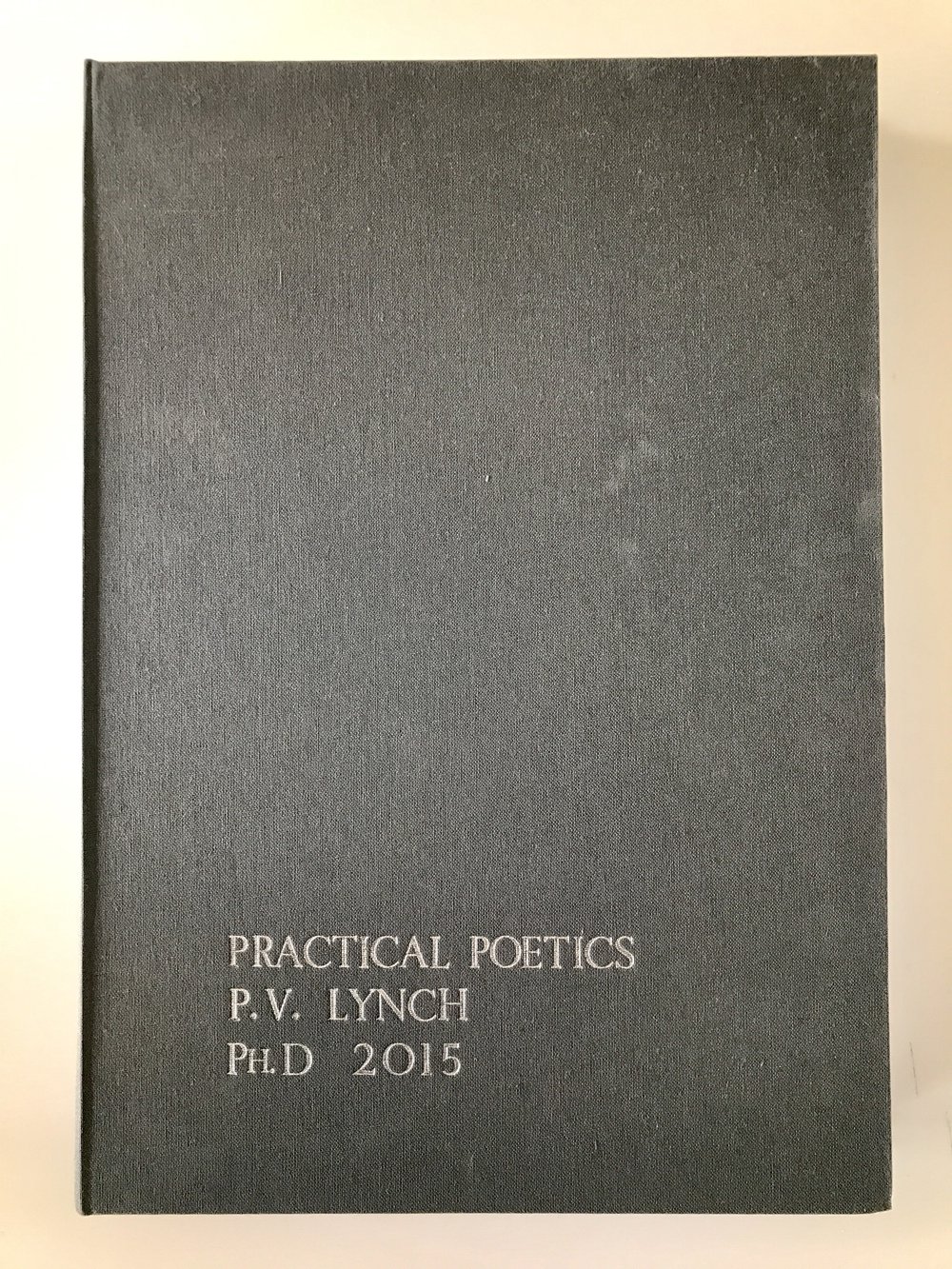Practical Poetics (PhD London Met 2010-15)
Between 2010-15 Patrick Lynch successfully completed a PhD at London Metropolitan University school of architecture, entitled “Practical Poetics: Rhythmic Spatiality and the Communicative Movement Between Site, Architecture and Sculpture”, which was supervised by Peter Carl, Helen Mallinson and Joseph Rykert. A version of the doct dissertation was published as a book, Civic Ground: Rhythmic Spatiality and the Communicative Movement Between Site, Architecture and Sculpture, by Artifice Books on Architecture (2017), and is available to be purchased in the Book + Writing part of this website.
Abstract
Précis
My thesis is that urbanity is a function of the communicative movement between the natural and social conditions of a site, as revealed in architecture and sculpture, and most clearly in their continuity. In order to deal with the effects upon modern design and architectural thinking of dead metaphors like 'technology, 'form' and 'space', I critique and reject their use in architectural discourse, by returning to the philosophical tradition of 20th century phenomenology – Husserl and Heidegger, and en route Patocka, Merleau-Ponty, et al - in order try to reveal the power of spatiality in 20th century thought, and its central importance to modern art and architecture. This led to new ways of making site-specific, topographic and spatial sculptures, and in some cases led to brilliant and urbane syntheses of architecture with sculpture – revealing the potential communicative depth of spatiality. Central to characterizing this communicative depth was recovering the cultural - rather than formal or picturesque - continuity of Renaissance and Classical poetics. Whilst the iconographic, social and political aspects of this continuity are standard features of interpretation, far less noticed is the tradition of Eurhythmia. Rhythm was traditionally seen as an aspect of measure – therefore invoking justice (cf. Plato’s Divided Line in the Republic) and mediation; and these animate a rich geometric poetics that is more profound than the usual understanding. A vital aspect of the character of urban spaces – arguably the most communicative of architectural settings – is the rhythmic characteristics of situations and the natural world that are revealed in urban topography and architectural physiognomy, and often articulated most emphatically in sculptures. Crucially, the revelation of the structure of relationships between site, place, social life, the natural world, etc., which make up the architectural conditions for civic praxis, is the basis also of ornament and decorum in the arts generally. However, when architects confuse their work with sculpture - misunderstood as ‘form’ rather than rhythmic spatiality – the philosophical and communicative potential of architecture is diminished. My thesis concerns the conditions of the possible recovery of this potential in urban terms.
Apologia
My argument is not only abstract but also dialogically engaged with other critical architects working at an urban scale today e.g. Peter Eisenman (and also engaged explicitly with his own dissertation, as I believe that there is an inherent, if not entirely causal, relation between words and images, theory and design). I feel that whilst one could produce a more elegant text by removing some parts of my dissertation, doing so would remove not only aspects of my argument, but also aspects of architectural culture that belong essentially together, and which become impoverished when cut away from each other. My work is seeking to counter this impoverishment - which is ultimately a condition of urbanity. The written work needs to be this extensive, in order to enable the design work to be sufficiently intense enough to deal with the problem of the built context of the modern city.
Praxis
Victoria Street can be said to have always been conceived of as a sort of High Street, but despite the presence of some major representational buildings, the hinterland remained until recently disconnected from it. Arguably, a typical High Street is successful because it mediates the differences between the background metabolism of a city quarter and the decorum of the civic institutions that are the face of this deep urban structure. My work seeks to amplify and to reveal both aspects of this part of Westminster: firstly as a series of urban rooms for the typical situations associated with a city quarter; and secondly in the rhythmic armatures of buildings that respond to the basic conditions of civic decorum, orientation and public life; and thirdly, in the creation of architectural settings that support and are articulated by a number of public sculptures.


